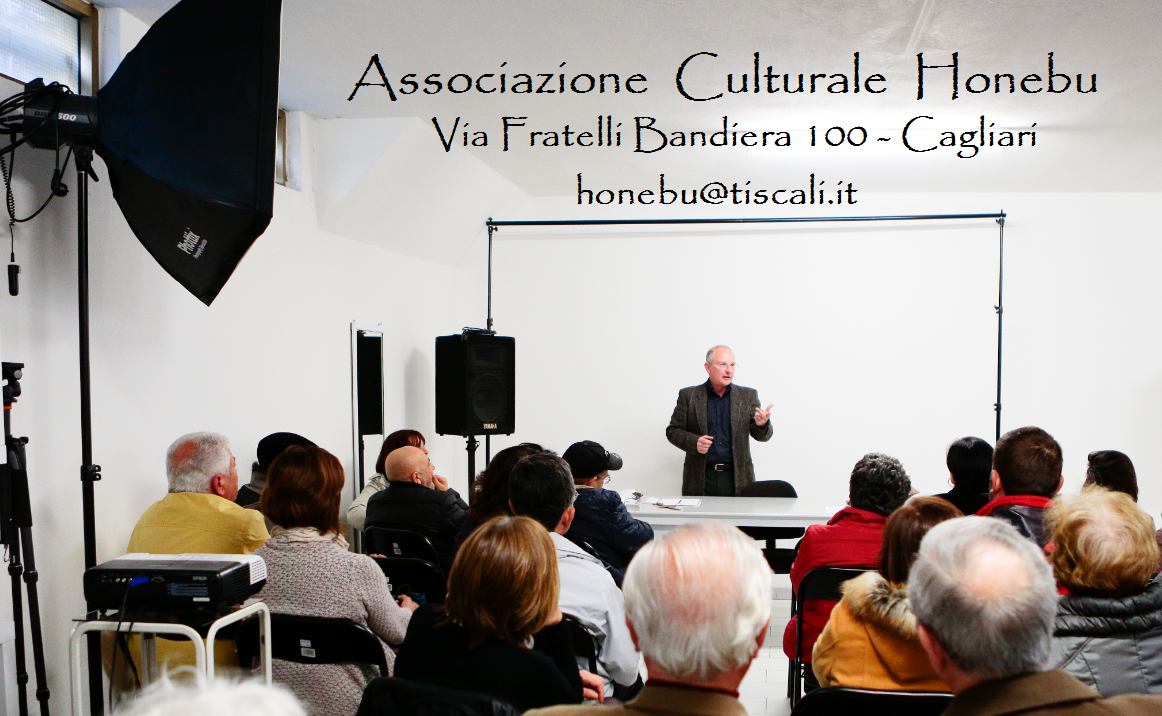Sardegna, una storia millenaria, il nuovo libro di Pierluigi Montalbano.
Recensione di Felice di Maro
In stampa, un nuovo libro di oltre 200 pagine, arricchito con 116 foto a colori in alta definizione di Sergio Melis, Nicola Castangia, Maurizio Cossu, Fabrizio Bibi Pinna, Natalia Guiso (Naty Guì) e Cesare Fronteddu. Strutturato in 8 capitoli: Paleolitico, Neolitico, Età del rame, Civiltà Nuragica, Età del ferro, Arte, Navigazione e approdi, Attività produttive. Sarà disponibile in libreria, nei principali siti archeologici, nella sede Honebu e on line presso Feltrinelli, Mondadori, Ibs, libreria universitaria, amazon o direttamente dall'editore Capone. A breve saranno organizzate presentazioni presso associazioni e comuni.
Pierluigi Montalbano, Sardegna - Una storia millenaria, Capone Editore 2023
Sulla Sardegna abbiamo un nuovo libro che presenta le fasi dalla preistoria all’età del ferro. Analizza la storia millenaria di un’isola che, obiettivamente, è sempre stata popolata, con i vari aspetti che hanno caratterizzato tanto il «vivere insieme» quanto la «cultura materiale» e, legate a quest’ultima, troviamo quelle delineazioni dei saperi, compreso quello, molto caratteristico, del «saper fare» dei primi abitanti della Sardegna. Al riguardo basta osservare le Domus de Janas, i nuraghi, le varie tombe e quell’insieme dei processi che hanno dato un senso esistenziale alle















